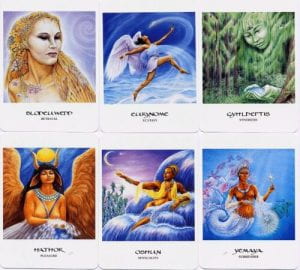
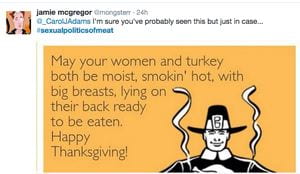
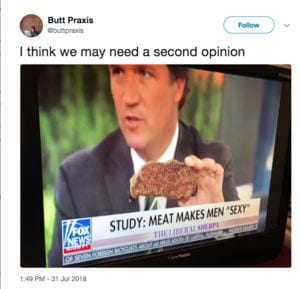 No Tucker Carlson…Just No…And yes, you’re damn right we need a second opinion. How about many second opinions?!
No Tucker Carlson…Just No…And yes, you’re damn right we need a second opinion. How about many second opinions?!
Above are the 3 images that I have chosen to analyze for this weeks post along with the readings. Carol Adams has demonstrated through her passionate work, that we are living in a society that sexualizes women and animals together. We not only kill and eat non human animals, but we have gone so far as to subject women to the same level of treatment, sexually. Whether that is putting women on the face of advertisements centered around men’s desire for meat, or showing them in the most submissive roles as possible in pornography for the pleasure of men’s consumption.
The reason that I chose these 3 images specifically from the slideshow, was because in my opinion they were the most offensive towards women. I was particularly offended by the first one on the top left, where it shows a women’s legs spread apart as if she is ‘giving birth’ to the burger, and the man at her opening, receiving the burger is clearly smiling through his mask as if to be rewarded by what she can ‘give him’. The reason that this offends me is because when I was a birth doula, I saw real women’s pain and struggles to give birth to their babies. Labor and delivery is HARD work, that requires a lot of time effort, and patients! It’s not just something women do casually, and it’s upsetting that the picture above is exploiting that reality for women.
In her interview with Annie Potts from the journal Antennae, Carol Adams shares her well thought out ideas on why we sexualize women with animals, and why women are at the center of our pleasure culture (aside from drugs). When it comes to objectification and satisfaction consumption, you don’t have to look twice for a women’s body on the face of some advertisement looking seductive, trying to sell food, clothing, makeup, skin care etc. In the interview Carol helps explain objectification from her book The Sexual Politics of Meat by stating that, “Objectification permits an oppressor to view another being as an object. The oppressor the violets this being by object-like treatment; e.g., the rape of women that denies women freedom to say no, or the butchering of animals that converts animals from living breathing beings into dead animals” (Adams, 13). Both consumption and objectification hide under the mask of pleasure and satisfaction in our culture. The intersectionality of control when it comes to violence against women and animals represents how men are privileged to experience freedom of consumption freely under our Western lens.
In terms of sexualizing women and animals, I really liked how Carol spoke about (in the same article interview) how the act of subordination in our Western culture is something that we find ‘sexy’ and how degradation is seen as easy and useful when used against women and animals for power. Carol states that, “Simultaneously (taking earlier about animals and women in anthropornography), it makes women’s degradation fun because to be effective the advertisement requires the implicit reference to women’s sexualized status as subordinate. For women, through pornography, their degradation is always already sexy. The sexualization of animals and the sexual objectification of women thus overlap and reinforce one another” (Adams, 15). Ever hear the phrase ‘sex sells’? What we don’t think about is how we get to ‘sexy’, and how we exploit those beings in the process. Carol goes on in the article to talk about about how the industry takes animal figures and turns them into representations of how women would be asked to pose if they where selling barbecue meat at a restaurant or vendor. Thus sexualizing animals into forced subordination for pleasure and consumption metaphorically or physically while holding the same expectation for women in the process.
From the Philosophy Now article with Lisa Kemmerer, she brings in Carol Adams voice to further express how Adams book “The Pornography of Meat has been able to help readers acknowledge the reality of our Westernized culture surrounding pleasure and violence towards women and animals. She helps to explain how women and animals are the ones being consumed by the consumer that is men, “…we fail to notice that ‘consumable’ animals are invariably portrayed as feminine, as sexual – available to men, just like female human beings. “‘Anthropornography provides a way for men to bond publicly around misogyny. Men can publicly consume what is usually private'” (Kemmerer, Adams 2/3). When reading this article, and this section from it, I couldn’t stop thinking about the restaurant chain Hooters. I don’t think I’ve met anyone who hasn’t herd of the restaurant chain known in the food industry for literally objectifying women’s bodies for profit and for desiring to pleasure men. There are videos on You Tube of women talking about the insidious culture of Hooters and how the male managers are constantly exploiting the women who work there, and making them fit into very specific sizes in order to maintain employment due to it’s business model and individual standard. In our western culture it’s women who are seen as the most consumable to men, and men are the ones who do the consuming. The photo of Tucker Carlson at the top, holding the piece of meat with the headline that ‘meat makes men sexy’ is a reflection of how our society glorifies men who eat meat while casually ignoring women who will continue to be exploited and objectified for their bodies in order to sell the meat that draws us to the fast food joints and popular places of attraction to begin with.
Below is the link to the hooters website where it takes you right to the Become a Hooters Girl section. This was intentional for showing what being a hooters girl looks like. See anything similar between all the women???
https://www.hooters.com/hooters-girls/
Below is my own image that I found, depicting how women and animals are sexualized and objectified.

In the photo, the women is clearly sexualized and objectified. She is taking a chicken out of the oven in her underwear, and she’s posing for a colone add that signals to men that women in the kitchen still need to be ‘controlled’ otherwise they will continue to cook in their underwear. You can see that the chicken is perfectly browned from the oven, and ‘ready to eat’. This is a classic depiction of Carol Adams Anthropornography, which she explains it to mean, “…animals (usually species of animals presumed to be literally consumable) are presented as sexually consumable, in a way that upholds the sexual exploitation of women” (Adams 14). By forced perspective from our culture, this chicken looks even more tasty now, because it’s being presented in a twice ‘consumable’ way. Look at that, you can have both the woman and the chicken, and they are both ‘sexy’ and ready to be eaten!
Work Cited
Adams, Carol. “Examples of the Sexual Politics of Meat.” Carol J. Adams, 2018, caroljadams.com/examples-of-spom/. Accessed 7 Mar. 2023.
Adams, Carol. “The Politics of Carol J. Adams.” Antennae, 2010, static1.squarespace.com/static/54792ff7e4b0674c74cb719d/t/55dc8dace4b0ad76d7277cb7/1440517548517/ANTENNAE+ISSUE+14.pdf. Accessed 6 Mar. 2023.
Kelly, Georgia. “Sexism Sells — the Sexualisation of Women in Advertising.,” Medium.com, 12 June 2020, medium.com/@georgiakellygtk/sexism-sells-the-sexualisation-of-women-in-advertising-5037a7a4482a. Accessed 6 Mar. 2023.
Kemmerer, Lisa. “The Pornography of Meat.” Philosophy Now, 2003, pp. 1–3, philosophynow.org/issues/56/The_Pornography_of_Meat_by_Carol_Adams. Accessed 6 Mar. 2023.
Www.hooters.com, www.hooters.com. Accessed 8 Mar. 2023.
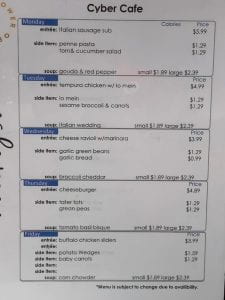
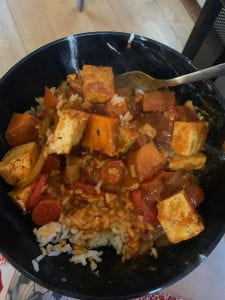


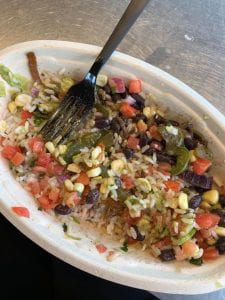

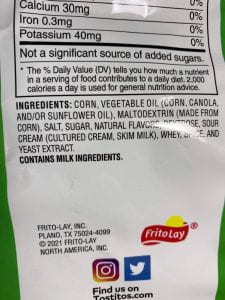



 No Tucker Carlson…Just No…And yes, you’re damn right we need a second opinion. How about many second opinions?!
No Tucker Carlson…Just No…And yes, you’re damn right we need a second opinion. How about many second opinions?!

